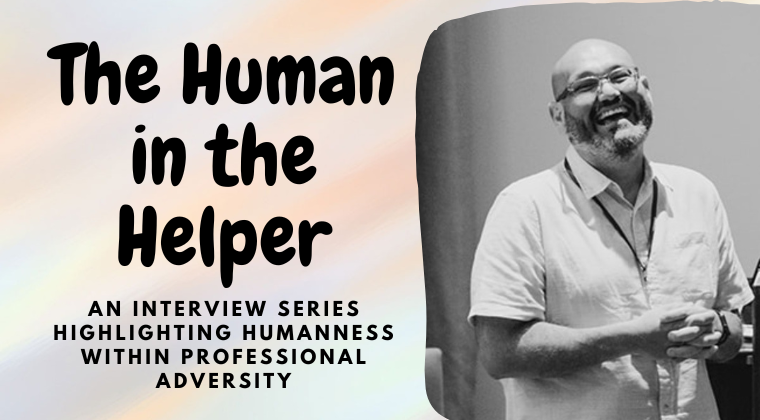Michelle is known in her community for helping colleagues become CE providers because she believes in what they have to share, she recognizes the freedom course creation brings, and she wants colleagues to have additional income streams. She is also known for her fun glasses and for being a breast cancer survivor. “I was diagnosed in January 2020.” Michelle describes a moment in her life that was sheer terror as she waited for official results. She recalls the experience as being told there was something abnormal and that they were pretty sure what it was, but required two weeks to formally confirm. “I would rather go back to chemo than relive those two weeks of hell.”
Michelle wasn’t sleeping. She felt dissociated. Her heart rate stayed high, even when trying to sleep. Her daughter kept waking up in the middle of the night worried and finding reasons to engage her mom to make sure she was okay. Michelle struggled with what to tell her clients. “I feel bad for the clients in that waiting period, I showed up the best I could.” It’s understandable that Michelle had a hard time being present as she waited for the game plan for fighting her cancer, which ended up being a very aggressive type of breast cancer with the worst prognosis. “I notified my clients about needing two weeks off to address my medical care.”
Once she had her plan, which included chemo, surgery, and radiation, Michelle focused on referring out her newest clients and her acute clients to other providers. “It was hard to make those calls while also trying to take care of myself.” Michelle kept clients she’d had longer on her caseload, who also had more rapport for this next season of her life. Then she experienced the pandemic shutdown. “It was sort of a blessing to move to working from home. I had lost my hair, I was wearing a wig.” She moved everyone to online and tried to keep up with her medical appointments.
Another challenge Michelle faced was maintaining boundaries around her cancer treatment with clients who were worried. “I let them know there was going to be a boundary and set the timer for five minutes. They could ask me anything they wanted regarding my cancer and treatment, but once the timer was up, it was back to being focused on them.” Michelle reports this worked well for clients. Some only wanted to know that she was okay, while others had more detailed questions to ask. She navigated this dynamic with her clients through ten months of treatment.
Michelle is in good health now, and has had time to reflect on her process. “I wish there was more support in our community for things like this.” She described wanting a way to notify a trusted colleague when awful things happen, someone who could make the calls and outreach the clients when their therapist has to pause or regroup. Michelle felt this need again when she got the call at the end of a client session that her father had died. “How do we let people know when life things happen? We worry about client abandonment. We worry about liability.” Until a tool that supports this communication is created, Michelle has some other ideas for colleagues. “Be gentle with colleagues online. We don’t know the whole story as to why they didn’t show up, why they didn’t call back. They could be going through something.” She hopes that mental health professionals can support connection and community with one another, two things that feel so important when coming back from crises that happen in our lives. We couldn’t agree more.
Things happen to us as humans, even as we support our clients as professional helpers. Do you have a story you want to share the mental health community? Email us at croswaitecounselingpllc@gmail.com to learn more about the Human in the Helper Series!











